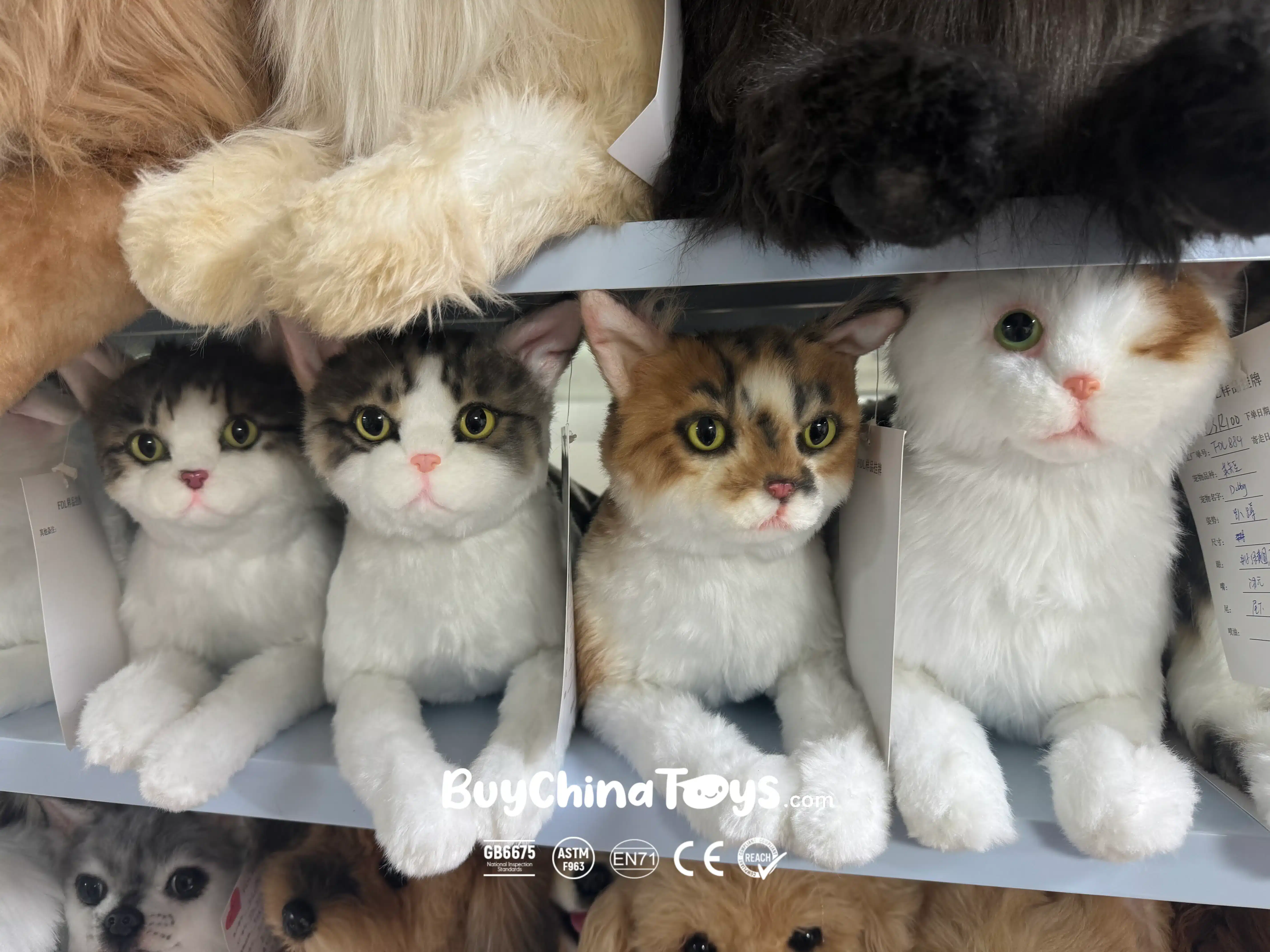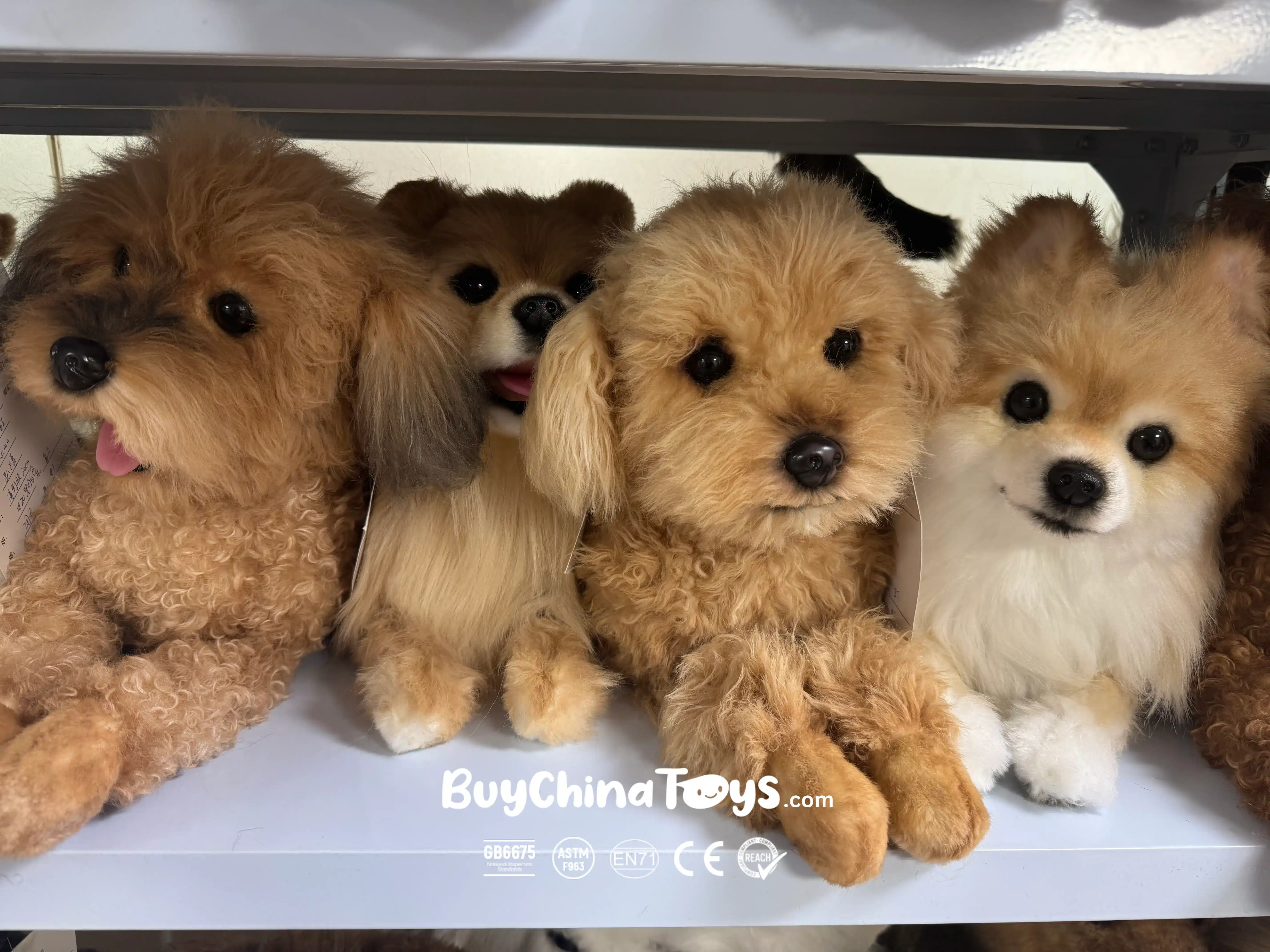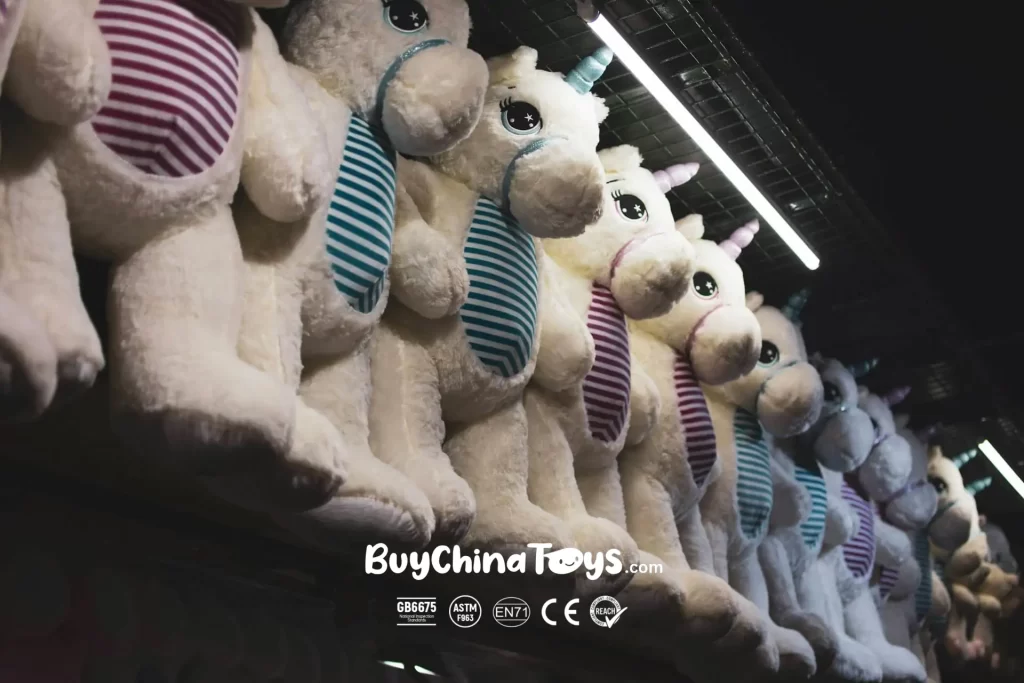The creation of stuffed dolls which look like animals comes as a result of the tedious task of manufacturing stuffed animals. Comfortable, safe, cute, and durable—as products, stuffed animals should meet all those criteria. A combination of imagination and modern practical ingenuity is necessary for the accomplished completion of the objectives.
Only those producers and factories which have the required experience and tools at their disposal can be deemed able for the production of stuffed dolls of exceptional quality. Apart from being a prominent toy for children, stuffed animals are valuable as merchandise and collectibles and serve as admired and effective promotional tools for different brands.
This article will review the production stages, the main materials used, the advantages of the production process, and current market trends.
Contents
Stuffed Animal Production Process
The stuffed animal production process involves a series of stages, starting with the design stage. Designers develop a doll concept based on the desired character, size, and features. Patterns are then created as a guide for cutting the fabric.
Once the design is approved, materials are selected according to requirements, such as the type of fabric and filling. Next, production enters the fabric cutting stage based on the created patterns. The fabric is then sewn using automatic sewing machines and hand-sewing techniques to maintain the detail and strength of the stitching.
Once the exterior is finished, stuffing, which is made of a lightweight and soft polyester fiber, is forced into the plush. Automatic fabric sewing machines, as well as manual techniques, are applied to maintain the detail and strength of the stitches.
After the plushie has been filled, fine details like eyes, noses, and other additional features are added to bring life to the plush. Stringent quality control procedures are imposed on the plushies prior to their use to ensure there are no defects and the finished product is safe for children to use.
Finally, the plushie is packaged according to packaging standards that maintain quality during shipping and is ready for distribution to the market.
Main Materials in Manufacturing Stuffed Animals
The main material of stuffed animals greatly influences the quality and comfort of the product. Polyester plush fabric is the most commonly used because it provides a smooth and soft texture.
Additionally, velboa and minky fabric are also popular for premium plushies due to their exceptional softness. Stuffed animals are usually filled with lightweight and durable polyester fiberfill, providing optimal shape and softness. For small details, embroidery materials, safe plastics, and fabric accessories are used to make the plushie appear lifelike and attractive.
The Advantages of Stuffed Animal Manufacturing
Stuffed animal production carried out by experienced factories ensures durable, safe, and internationally standardized product quality. Factories take advantage of modern technology aimed at drastically improving sewing precision while controlling stitch looseness. Buyers are also able to appreciate the looseness of the product and the firm hold of the stuffing.
Customization flexibility allows customers to order plush toys with the exact design, size, and features they require. The large and efficient production scale allows manufacturers to fulfill a wide range of orders, from prototypes to mass production, with competitive lead times.
Competitive production costs are also an added advantage, enabling businesses to obtain quality products without excessive costs.
Market Trends and Preferences in Stuffed Animal Manufacturing
Some features of the plushie industries have significantly evolved due to consumer tastes, technology, and changes in social values. Currently, interactive plushies are becoming trend-setters and gaining traction in the children’s and educational toy categories.
These plushies include examples of sounds, touch sensors, automatic actions, or even talking in response to the user’s touch or voice. “For instance, plushies can sing, tell stories or just make cute sounds when being hugged or squeezed.”
Also, images of popular characters from movies, series, anime, or games will always be popular. Our love for plushies and cuddly friends is amplified with official franchises through voluntarily licensing, meaning plushies from Disney, Marvel, Pokemon, etc. are appealing to consumers because it connects them and their fandom. If manufacturers can use official brands or collaborate with well-known companies, they are able to promote themselves to a wide, loyal fan base.
In addition, the trend of plushies being made out of organic, recycled, and biodegradable materials is part of the increase in environmental consciousness. Modern consumers expect products that are safe for children but also become environmentally friendly, and this trend is happening within a market that promotes sustainability, and thus can become part of the recognized corporate social responsibility (CSR) trend and implementation.
Moreover, consumers now want specialized plushies. This has driven the trend of having plushies made to custom specifications and individualized, where customers can choose the design, color, size, and even add a name or special message. This personalization not only adds emotional value to buyers but also creates new business opportunities for manufacturers offering complete customization services.
Final Note
As a recommendation, Buy China Toys meets all the key criteria for manufacturing stuffed animals. This includes product focus, customization services, experience, quality standards, and production capacity. All of these factors differentiate it from competitors in the same market.
The company offers highly flexible OEM and ODM services, allowing customers to order stuffed animals tailored to their needs, with designs, sizes, materials, colors, and even special features like sounds or interactivity. This level of personalization is often more extensive than that of larger manufacturers, which tend to focus on mass-produced products.
With decades of experience, the company adheres to high quality standards and meets international safety regulations such as ASTM, EN71, and CE. This ensures product safety and quality, while facilitating international export and distribution.
Furthermore, the company utilizes modern technology and efficient production methods to produce stuffed animals. In addition to neat details and good durability, it is also able to fulfill orders on a small to mass scale.



